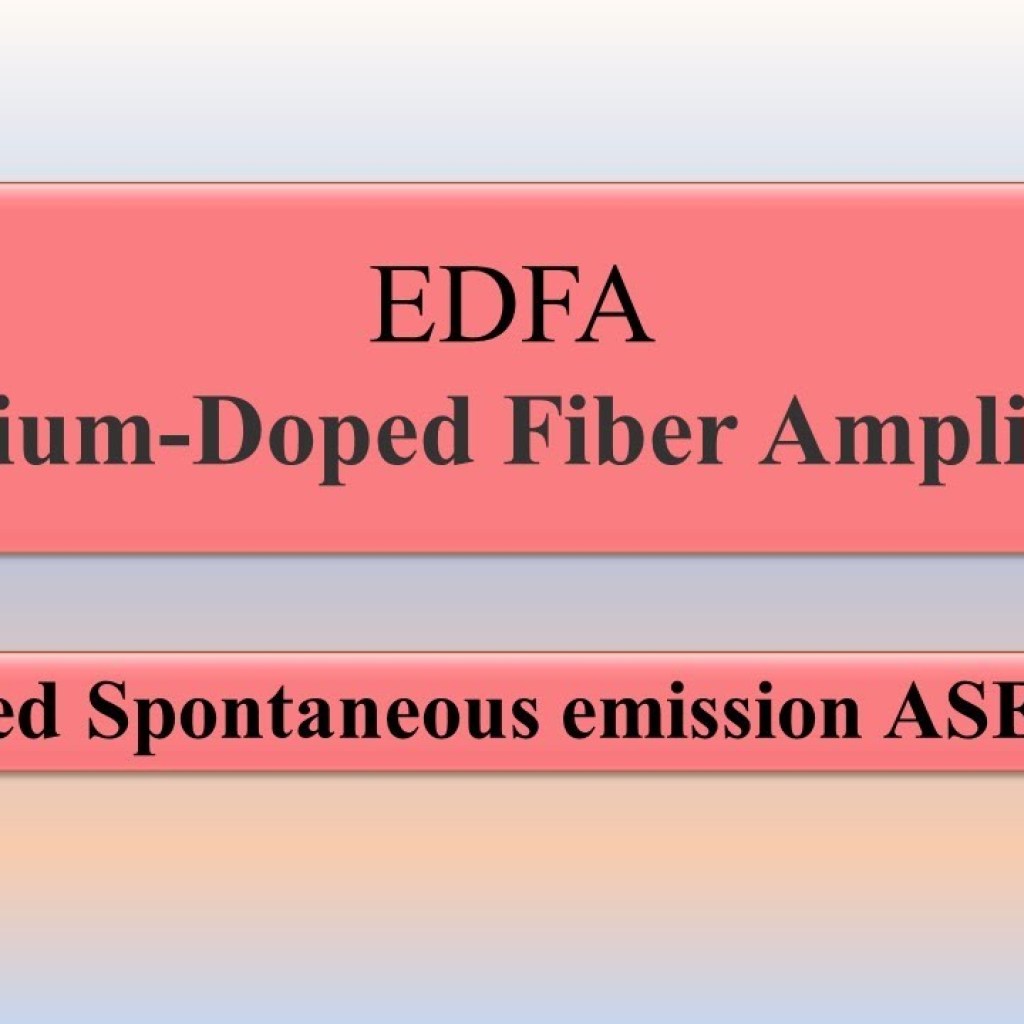Contents

Source: YouTube
Understanding Amplified Spontaneous Emission in Fiber Amplifiers
Fiber amplifiers are essential components in modern optical communication systems, enabling the amplification of light signals over long distances. A critical phenomenon associated with fiber amplifiers is Amplified Spontaneous Emission (ASE), which arises due to the presence of laser-active ions in excited states. This blog post delves into the intricacies of ASE, its impact on fiber amplifiers, and strategies to minimize its effects.
What is Amplified Spontaneous Emission?
In laser amplifiers, laser-active ions are excited to metastable states to facilitate stimulated emission. However, this process also results in spontaneous emission, where fluorescence light is emitted in all directions. A portion of this light is captured by the fiber core and propagates along with the pump and signal light. When fiber amplifiers achieve high gain, the spontaneous emission light can be significantly amplified, leading to ASE.
Consequences of ASE
ASE has several important consequences for fiber amplifiers:
- Broadband Output Power: ASE can generate substantial output power in regions with high amplifier gain, even without an injected input signal. This broadband light is utilized in superluminescent sources.
- Noise Introduction: When ASE co-propagates with a signal, it introduces broadband noise, affecting signal quality.
- Gain Saturation: Strong ASE can lead to gain saturation, where stimulated emission reduces excitation density and thus the amplifier gain. This results in a form of soft gain clamping.
Factors Influencing ASE Strength
Several factors determine the strength of ASE in fiber amplifiers:
- Amplifier Gain: ASE becomes significant when amplifier gain exceeds approximately 30 dB. While gains up to 40 dB are achievable, higher gains are challenging.
- Fiber Modes: The number of guided modes in a fiber affects ASE strength. Single-mode fibers capture less fluorescence light and exhibit weaker ASE compared to few-mode fibers used in high-power devices.
- Quasi-Three-Level Behavior: Laser-active ions with quasi-three-level behavior enhance ASE due to higher excitation densities required to overcome signal reabsorption.
Minimizing ASE in Fiber Amplifiers
Minimizing ASE is crucial for optimizing fiber amplifier performance. Here are strategies to achieve this:
- Limit Peak Gain: Reducing peak gain can help control ASE levels.
- Use Single-Mode Fibers: Single-mode fibers limit ASE by capturing less fluorescence light.
- Polarizing Fibers: Employing polarizing fibers that guide light with a single polarization direction can further reduce ASE.
- Maintain High Excitation Density: For quasi-three-level transitions, maintaining high excitation density at both fiber ends is beneficial.
- Backward Pumping: Backward pumping may offer advantages over forward pumping in certain scenarios.
- Amplifier Chains: Using multiple amplifier stages with ASE filtering between stages can enhance performance.
Conclusion
Amplified Spontaneous Emission is a critical factor in the design and operation of fiber amplifiers. By understanding its mechanisms and effects, we can implement strategies to minimize its impact, thereby enhancing the performance of optical communication systems. Continued research and innovation in this field promise to further improve the efficiency and reliability of fiber amplifiers.

Source: MDPI
Feel free to comment your thoughts.



